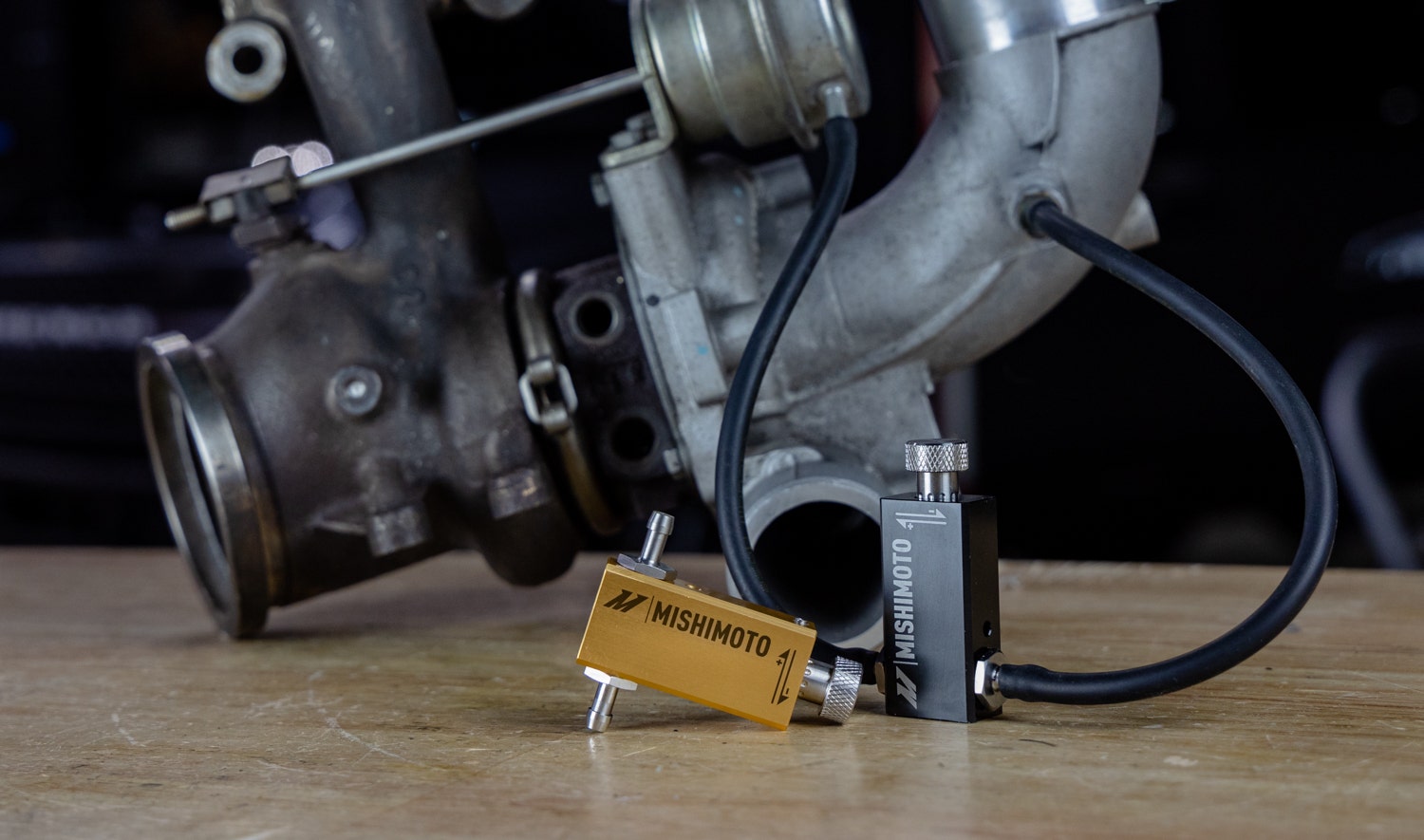
Boost Takeover - Manual Boost Controller Operation
It's interesting how something as mundane as an exhaust-powered air pump could take control of so many car enthusiasts. Really though, it's not that surprising the deeper you think about it. The intoxicating symphony of whooshing, whistling, and PSSHT-ing directly hits our dopamine receptors. The devotion isn't just aurally based either. The power and potential these systems provide make us enthusiasts feel like rulers of the road. This command that turbos have over us is about to become a little less one-sided now that we can take some power back with a manual boost controller.
With today's sophisticated forced induction machines, why would we need to control the boost further? For more of it, of course! Since the dawn of the automobile, we enthusiasts have been on a quest to squeeze every ounce of power from the engine, and the manual boost controller does just that.

To understand how this controller works, we first need to review some of the essential anatomies of the turbocharger. Boost pressure starts with the hot gasses expelled from your engine. Every rotation channels these hot compression gasses through the turbo's turbine housing to spin the impeller wheel. This impeller is directly linked to the compressor wheel, which then sucks in and compresses fresh air into boost pressure before sending it to your intake manifold. Those are the essentials to forced induction, but if you want to dive deeper, make sure that you head over to our Forced Induction tech post.
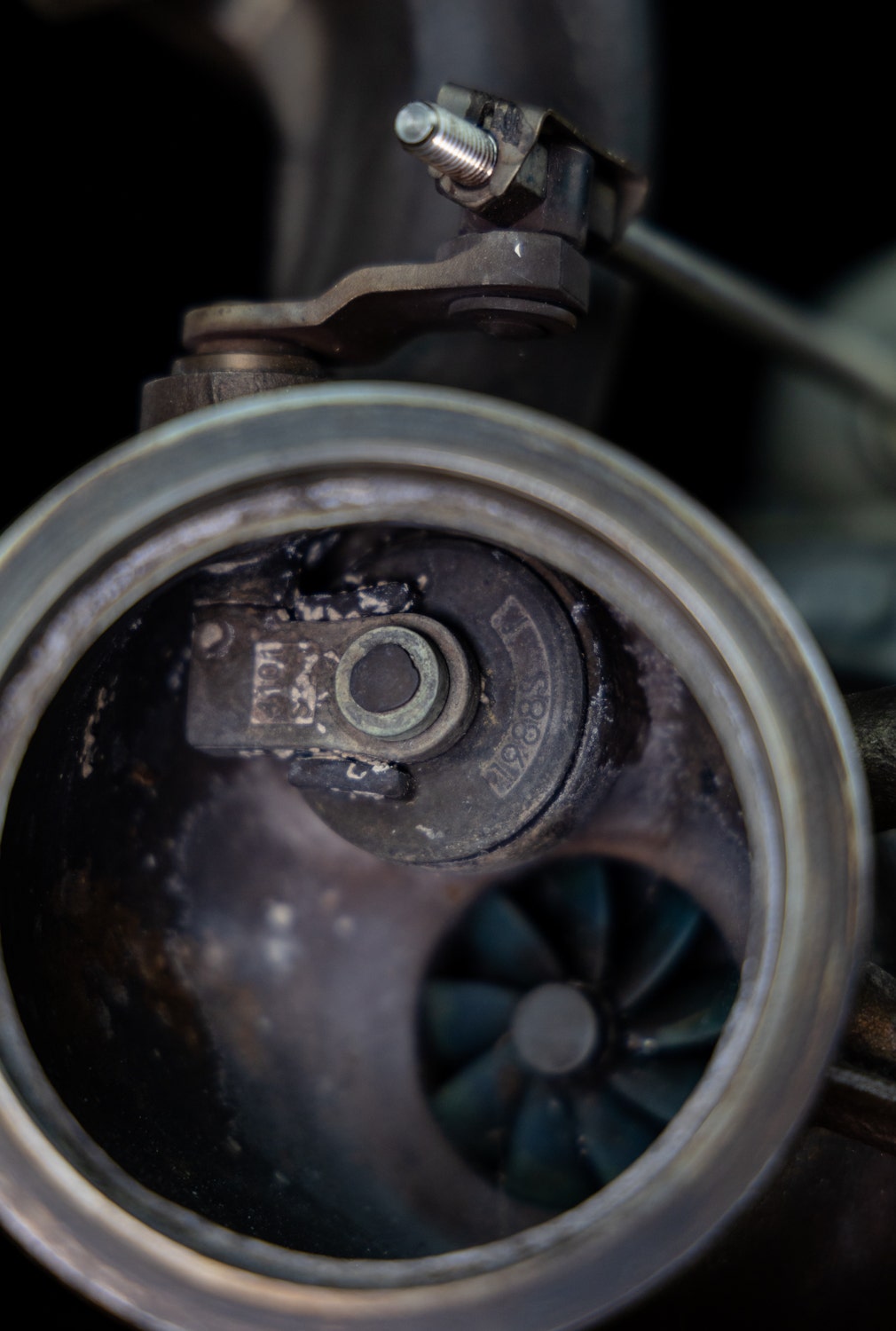
Every turbo has a means of regulating rotation to keep itself from self-destructing. This regulation comes in the form of a wastegate, which is, essentially, a calibrated relief valve. As the turbo reaches max boost pressure, this valve is actuated to divert exhaust gasses away from the blades and slow the turbine. Activating the wastegate also slows the boost production, but it keeps the turbo from over-spinning and taking it completely out of commission, much like what happened to our model turbo you see above.
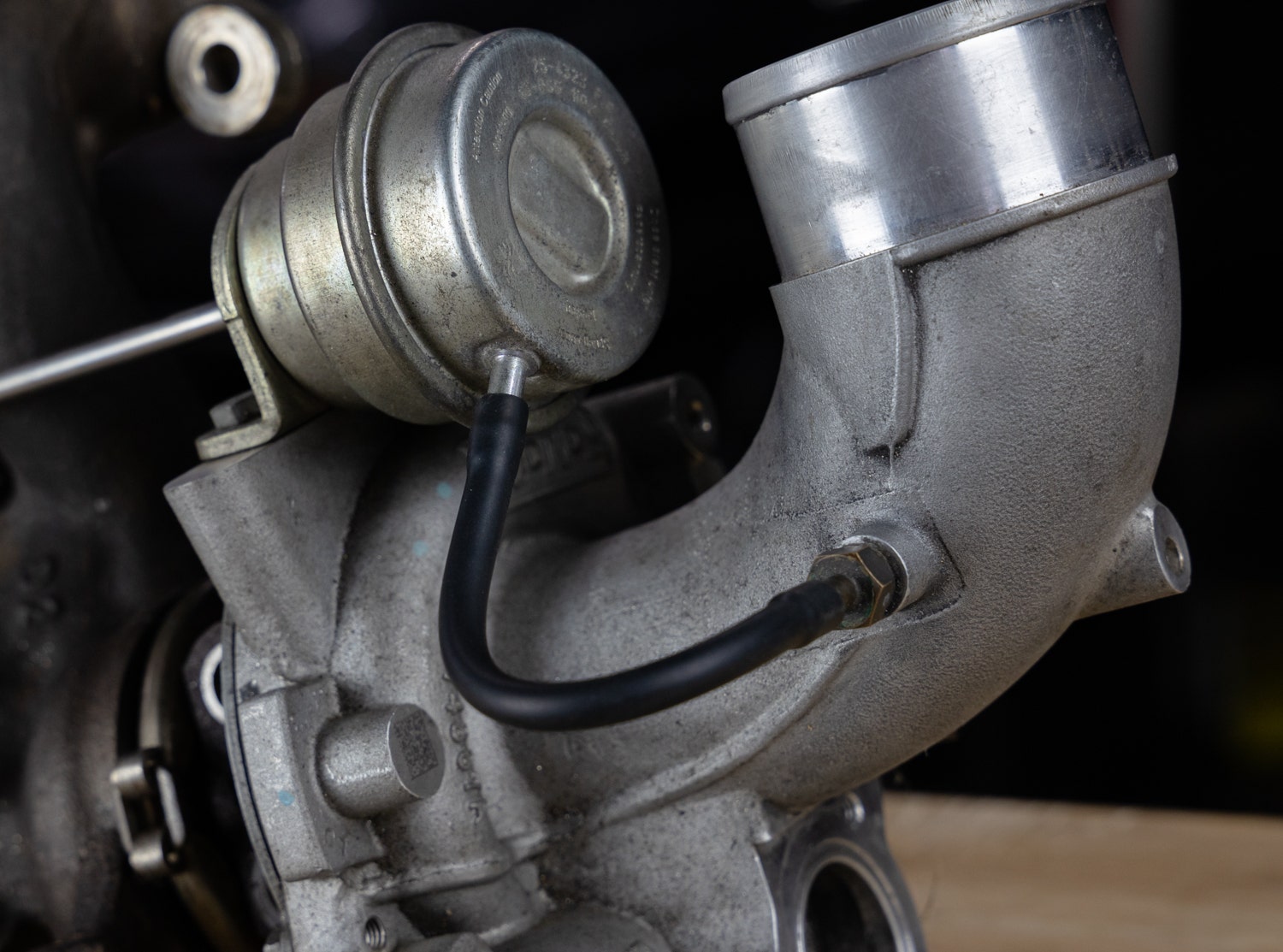
Boost pressures are most commonly regulated with a pneumatic wastegate, which utilizes a rated spring that compresses once the desired boost is reached. For example, if your vehicle's turbo is rated for 8psi of boost, that pressure is enough to compress the 8-pound rated spring, which, in turn, opens the wastegate and slows the turbo's turbine.
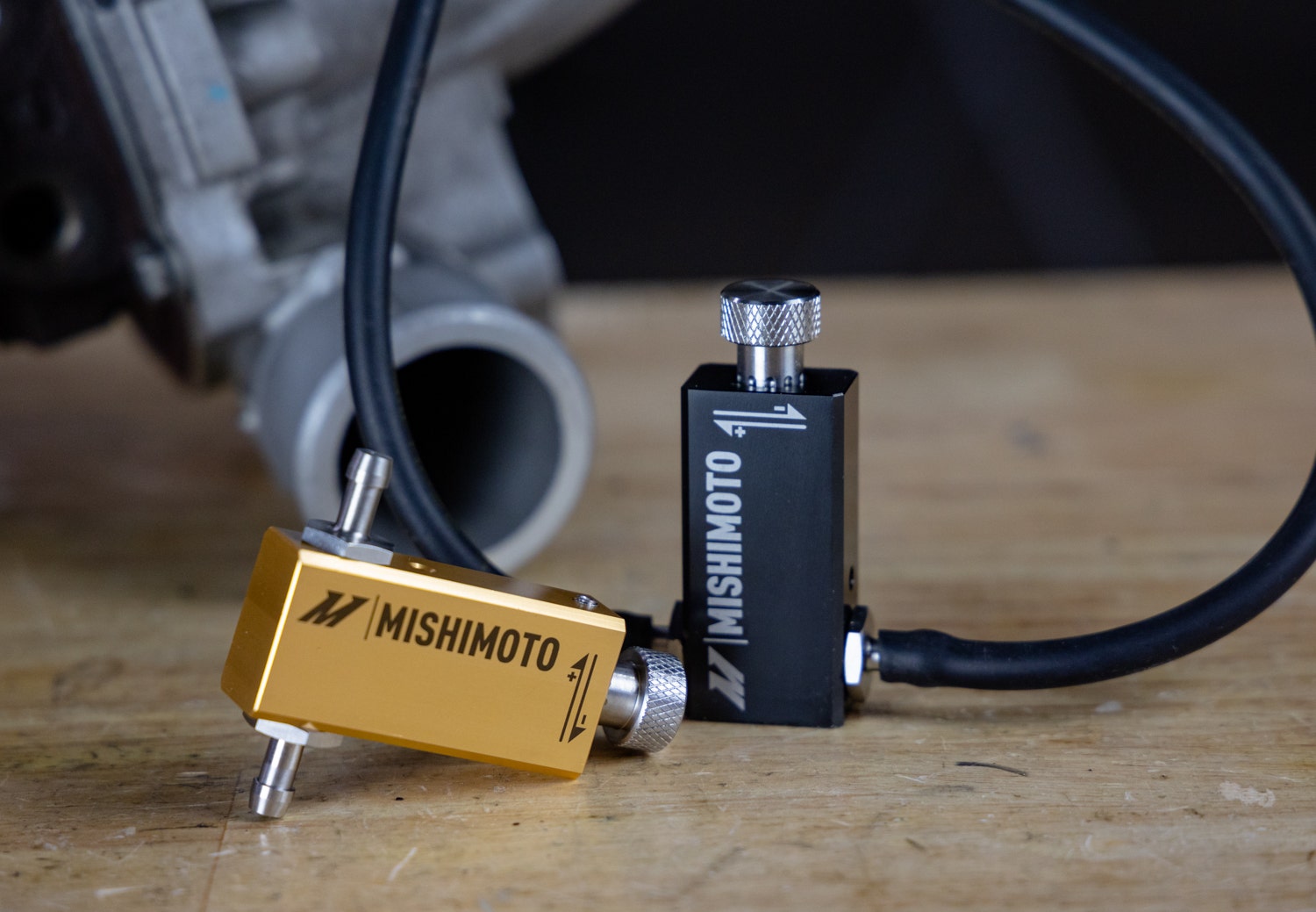
Since these pneumatic wastegates are typically sealed units, your options for pushing more boost out of your turbo are limited. One of the more effective and straightforward options is to install one of our manual boost controllers. The main objective of these controllers is to delay the actuation of the wastegate by altering the boost signal pressure. The controller uses an adjustable valve that bleeds off pressure running to the wastegate actuator and delays the valve from opening. Opening the wastegate later keeps your vehicle pushing more charged air to the engine for longer without jeopardizing the turbo's integrity.
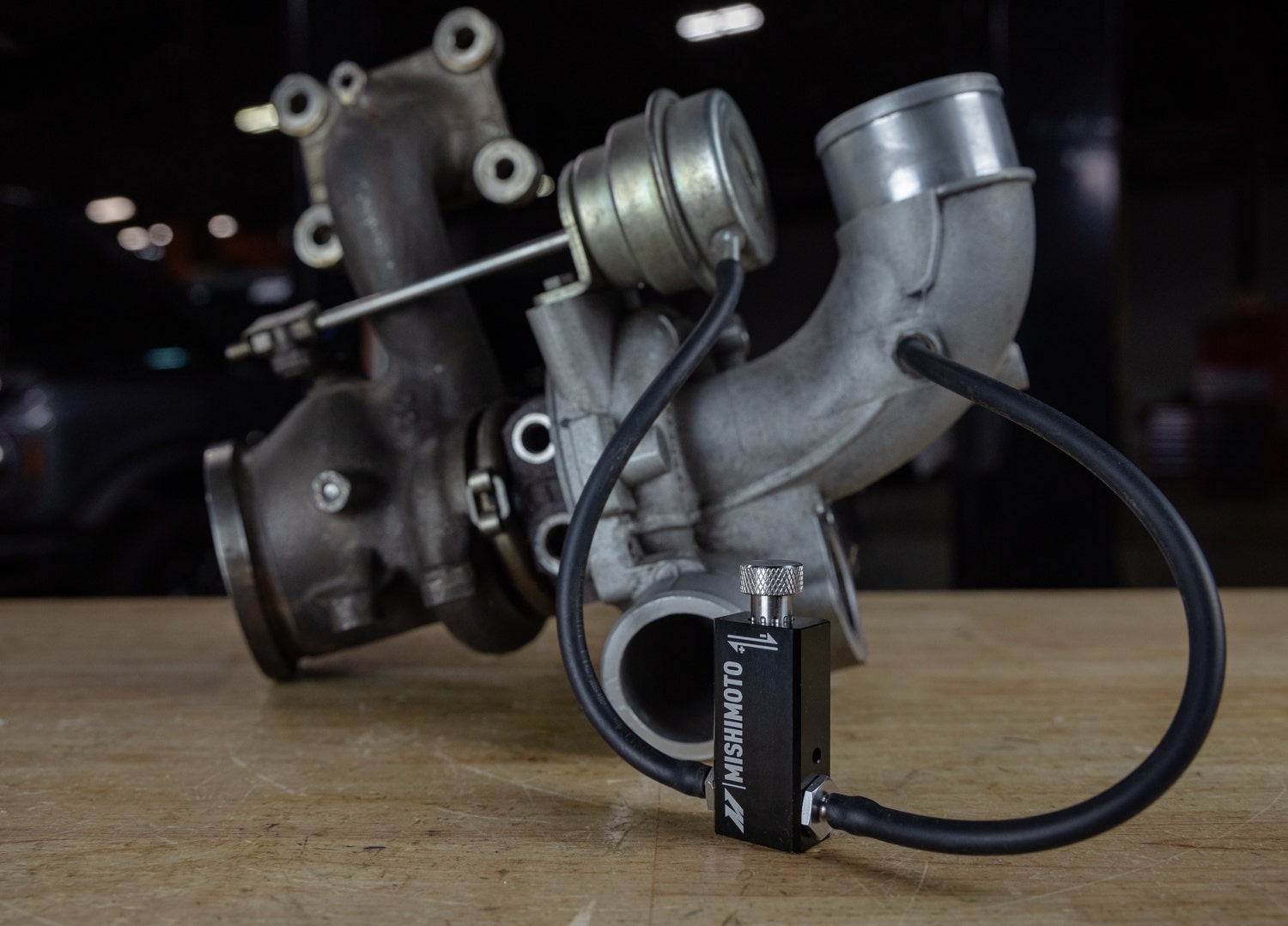
While taking control of your turbo's wastegate has plenty of advantages, it's important to note the limitations of these controllers. For starters, these will aid in your turbo's performance, but they're not a magic solution for mind-bending power figures. That level of sorcery is reserved for bigger turbos and performance tunes. Manual boost controllers can only increase your system's boost pressures as well, so those looking to restrict boost to better suit your project will have to seek alternate solutions. Finally, two-port manual boost controllers delay your wastegate actuation, but they can't entirely prevent the gradual spring compression that tapers off boost pressure. Since this style of boost controller only adjusts the reference pressure to the spring, the overall operation is the same, just delayed. Still, these limitations are greatly outweighed by the benefits of fine-tuning your forced induction system, especially with our new adjustable manual boost controller design.
Our boost controllers are built with high pressure in mind to ensure that your reign over the turbo's boost is long-lived. Clad in a sleek black or gorgeous gold anodized 6061 aluminum shell, these controllers fit in with any build's specs or color schemes. We complimented the durable carapace with even tougher internals. CNC-machined from stainless steel, the inner workings of this boost controller stand up to both the elements and the pressures constantly running through them.
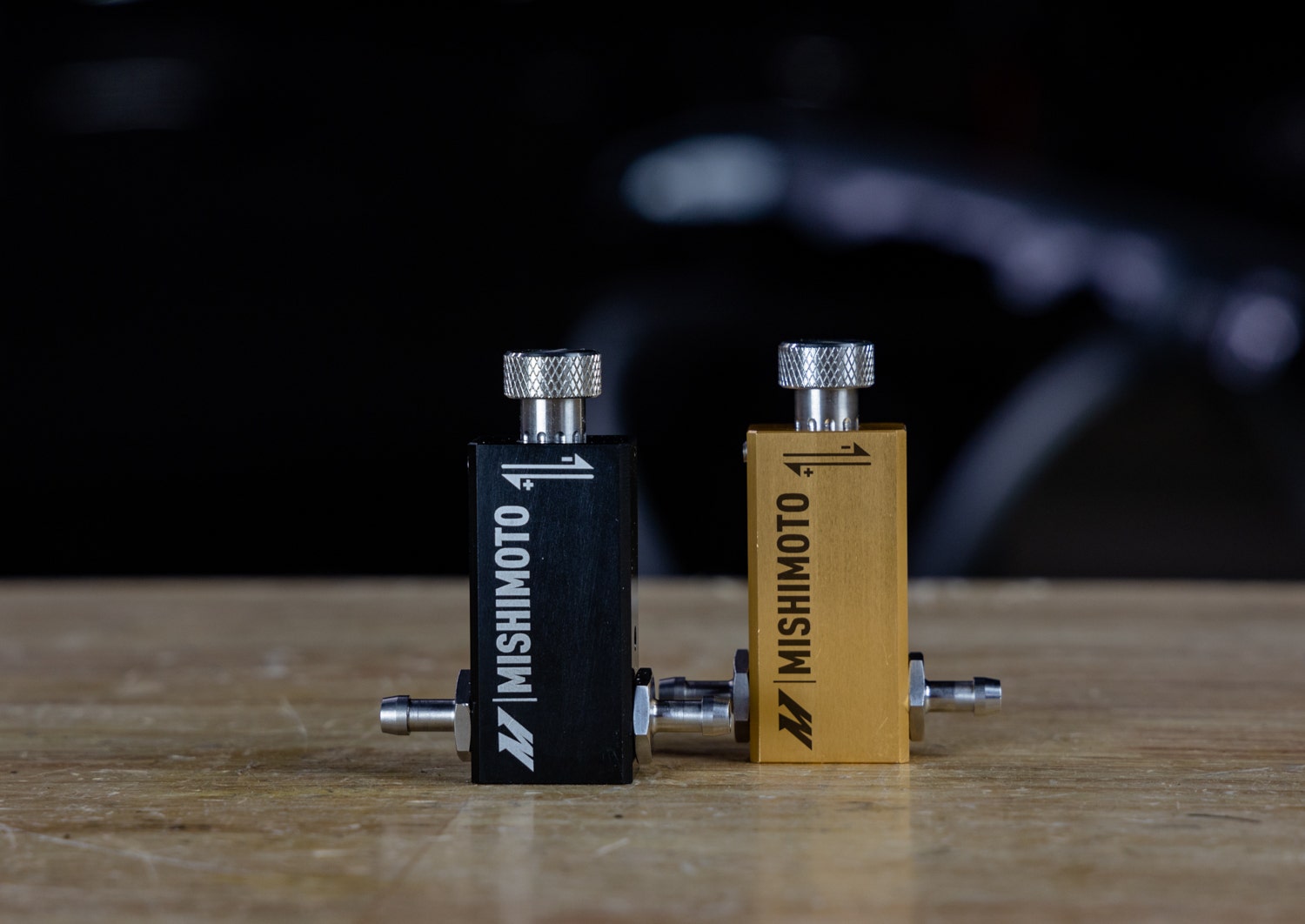
To top things off, literally, we included a ball and dimple adjustment knob into our design, allowing for precise and repeatable adjustments to your system. We also sealed things up with a set of nitrile O-rings and tough stainless steel fittings to complete the secure connection through the system. Finally, our controllers are accompanied by a universal mounting bracket to make boost adjustments accessible anywhere in the engine bay.
To show the true definition of our boost controller's adjustability, we set up a simple comparison test between our design and one of the generic competitor units. Both boost controllers were loaded with 60PSI, and we recorded the change in pressure at every adjustment click on each controller's outlet. We determined from this test that our controller contained up to 41 unique adjustment points, ideal for fine-tuning your turbo setup.
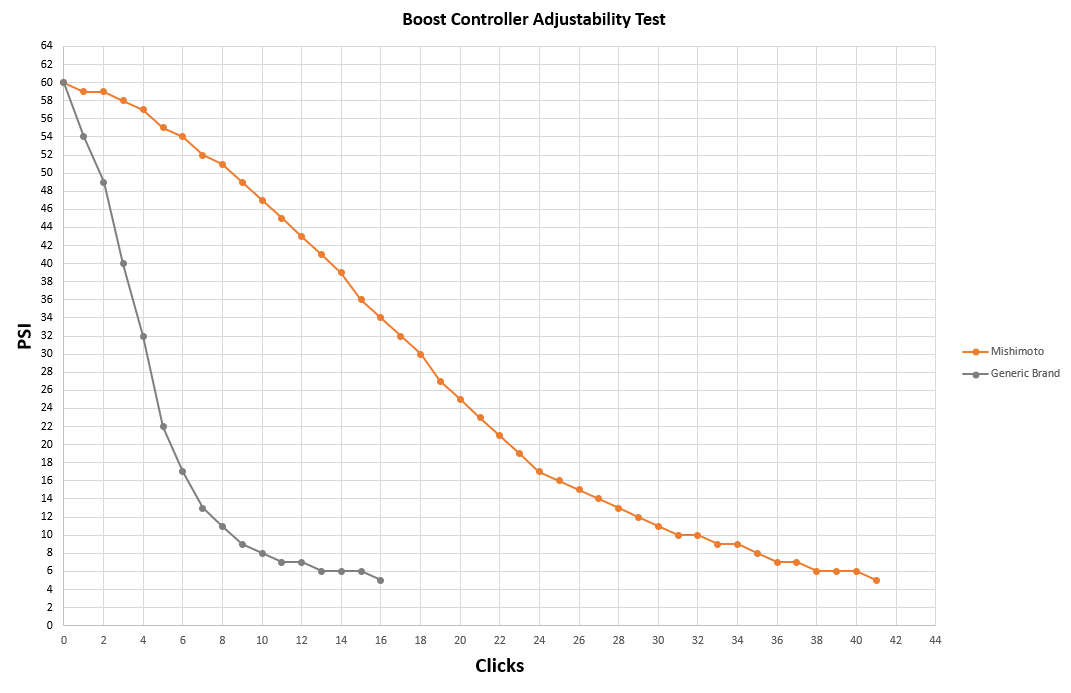
Turbos quickly took over the minds of us enthusiasts, but boost control can now go two ways. With our manual boost controller installed, you can take some power back for a balanced symbiotic relationship between man and machine. So make sure you grab your's today:
Mishimoto Manual Boost Controller
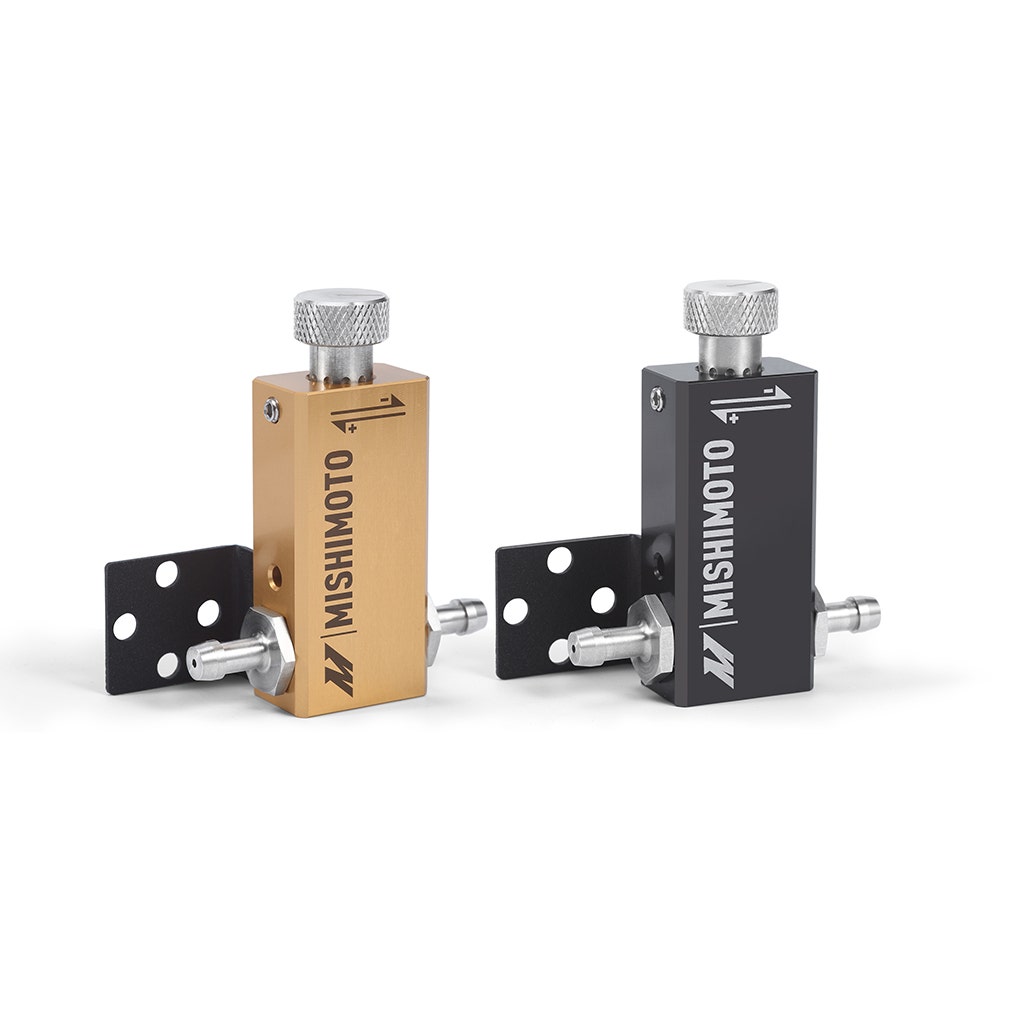
Thanks for Reading!
-Nick




